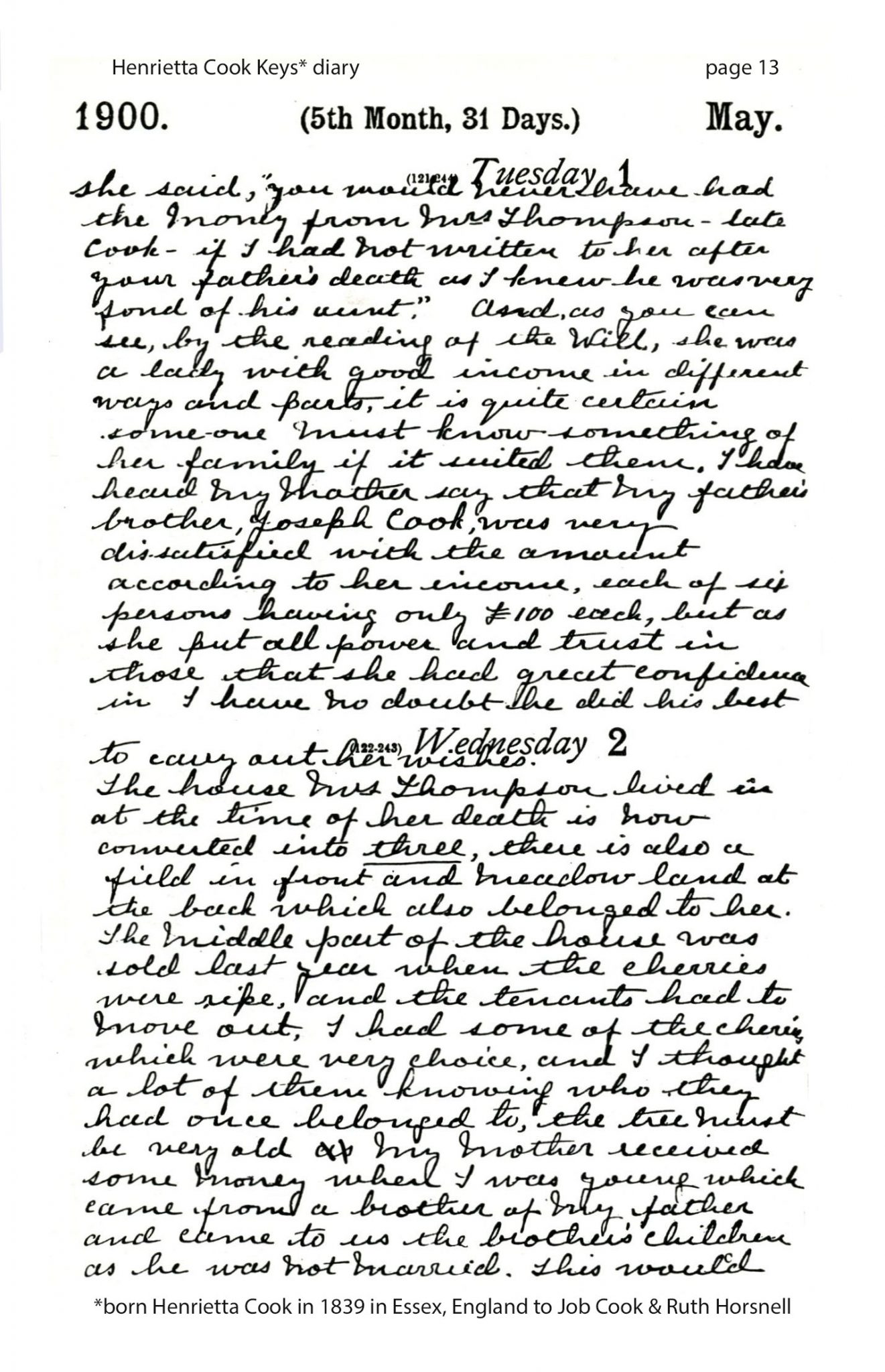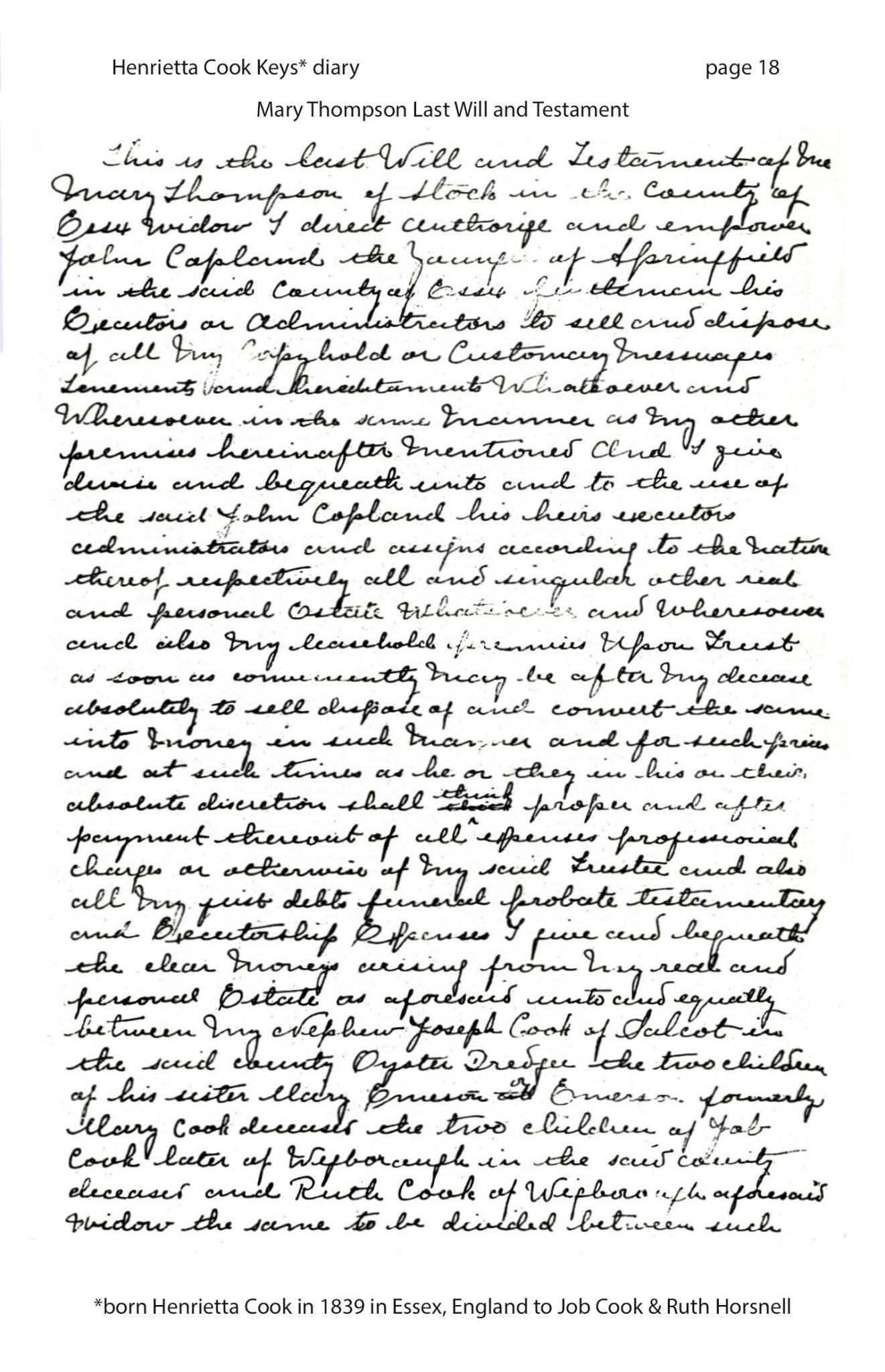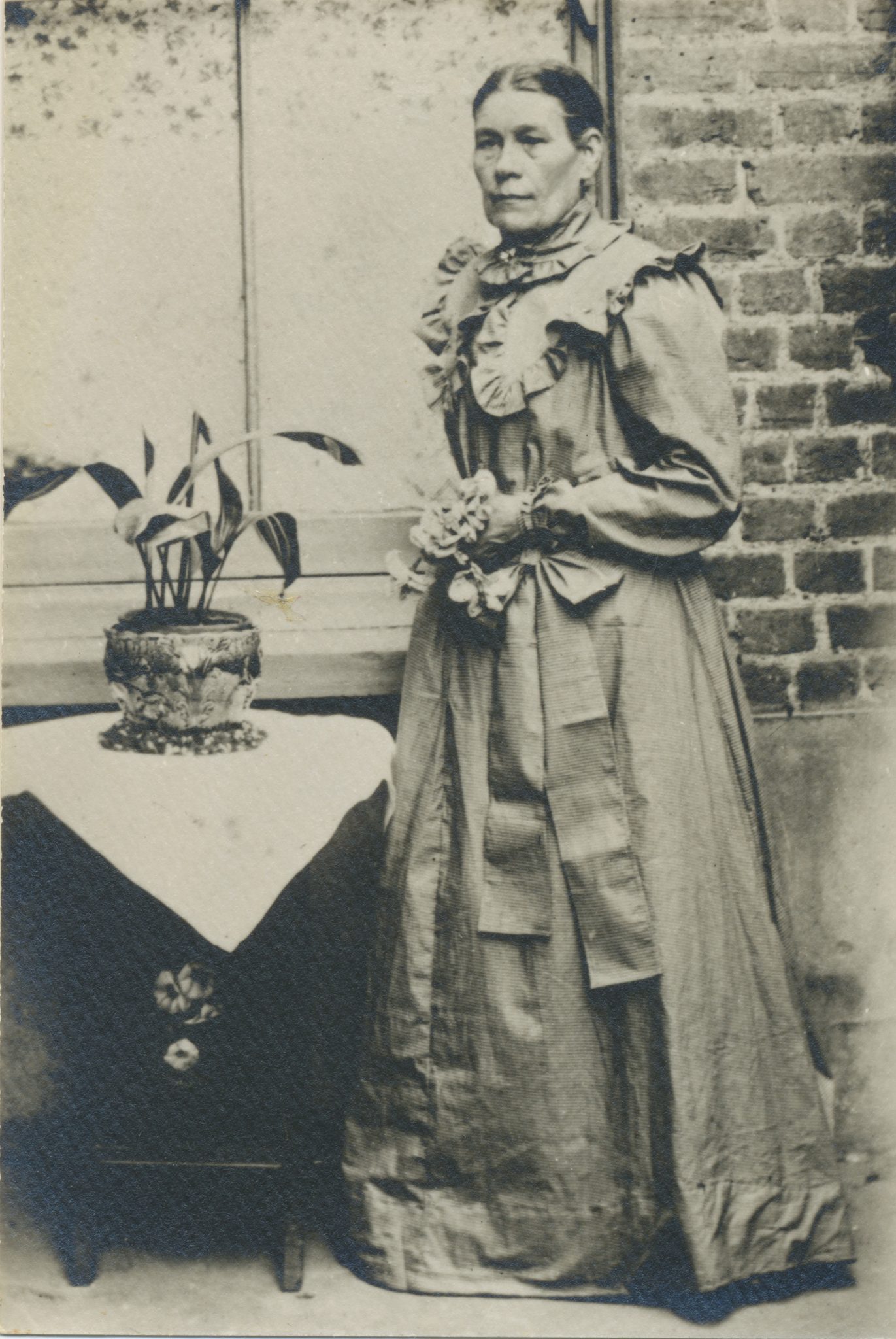Keys Family Reunion 2024
Calling all Keys! Calling all Keys cousins. It is time for a reunion! Definitely time. The reunion this year will be on June 15, 2024, starting at 10:00. It will be held in Hathaway (Raymond), Louisiana, at the St. Lawrence Catholic Church. That’s right. This year it is at the Catholic church. The last few times it was at the Methodist Church right across the street. So if you know how to get to the previous reunion, all you’ll have to do is show up at the place across the street to the south. The physical address is 5505 Pine Island Highway. It’s at the crossroads of Pine Island Highway and Raymond Highway.
As you can see by the flyer, the festivities begin at 10:00. As usual we are encouraged to bring food to share for the covered dish feast. That will commence around noontime. The forenoon will be for socializing and sharing old family photos. Wait! It doesn’t say that. But I am. I want to see any interesting old family photo, especially ones that I don’t have yet. How can I continue writing posts about old family photos if I run out of them? We’ve got to keep it going! You can also bring a door prize. If enough people bring one, it’ll be like a Christmas gift exchange.
One thing I wanted to point out is that this is an anniversary year. It was 130 years ago that Martha Ann Cook Keys had a party at her house for friends and family. The local Jennings paper reported that the party was a hit and “enjoyed by all present.” It was just seven years after she had immigrated with her five children to Louisiana. They came from the London area of England and moved to get away from the increasing crime at the time. Her husband Henry Keys had talked about the family coming to America and was planning on doing just that. But sadly, he died at just 63 years old. That’s the same age that I am!
So it was quite an accomplishment for Martha to follow through with the plan and bring the family to a new place to live. She was very motivated to come here and it is said that she never regretted her decision. She loved her new home in America. I’m not talking about the house she built. I’m talking about the country that she felt welcomed by. Perhaps that was the reason for the party in 1894. She and her five children had made a home in America.
At that time, none of her children had married yet. The oldest was only 24 years old. Martha didn’t live long enough to see any of them marry or have children. She died in 1896 at the age of 59. It wasn’t until 1900 that the first one was married. That was my great grandmother Daisy Keys who married Harry Clifton Phenice. Her younger sister Ruth followed suit less than a year later. Eventually, all of the children were married and started having children. Altogether, the five children had over thirty children between them.
I’m excited about this photo that I put together. It was just last week that I did the same with my Landry grandfather’s family. This time it is a grouping of the photos of all five of Henry and Martha’s children – Henry “The Judge” (1870-1950), Leonard (1873-1959), Daisy (1876-1952), Ruth (1879-1967), and Mabel (1881-1962). I’ve posted a photo of the three sisters together previously. Those three images come from the same photo. I got a photo of Leonard from Carolyn, the daughter of Edith Keys Segraves. Edith was the one who wrote the amazing book about the Cook and Keys family.
So tonight I was wanting to have all five of the families represented, because I want to encourage descendants of all of them to show up for the reunion. I didn’t have a good photo of the oldest son “The Judge.” I was looking through the old book by Edith Segraves and found one of him. It was a grainy old photo, but I had hopes of improving it with the great software that is available nowadays. I worked on it a while and I am satisfied with it. It goes well with the rest of them. And now I have a group photo of all five of the Keys immigrant children. The ancestors of all of us Keys relatives who will be attending this reunion.
Behold!

Henry Alfred “The Judge”, Leonard James, Daisy Henrietta Martha, Rosetta “Ruth”, and Mabel Olve Keys circa 1894-1899.











































